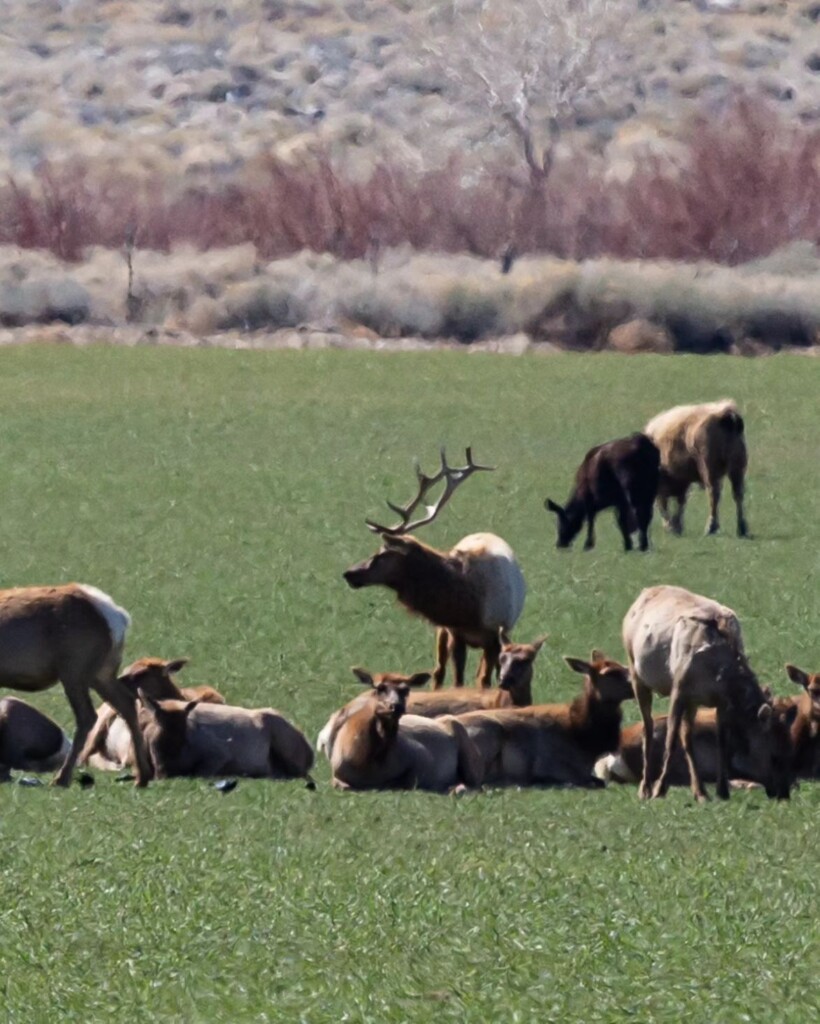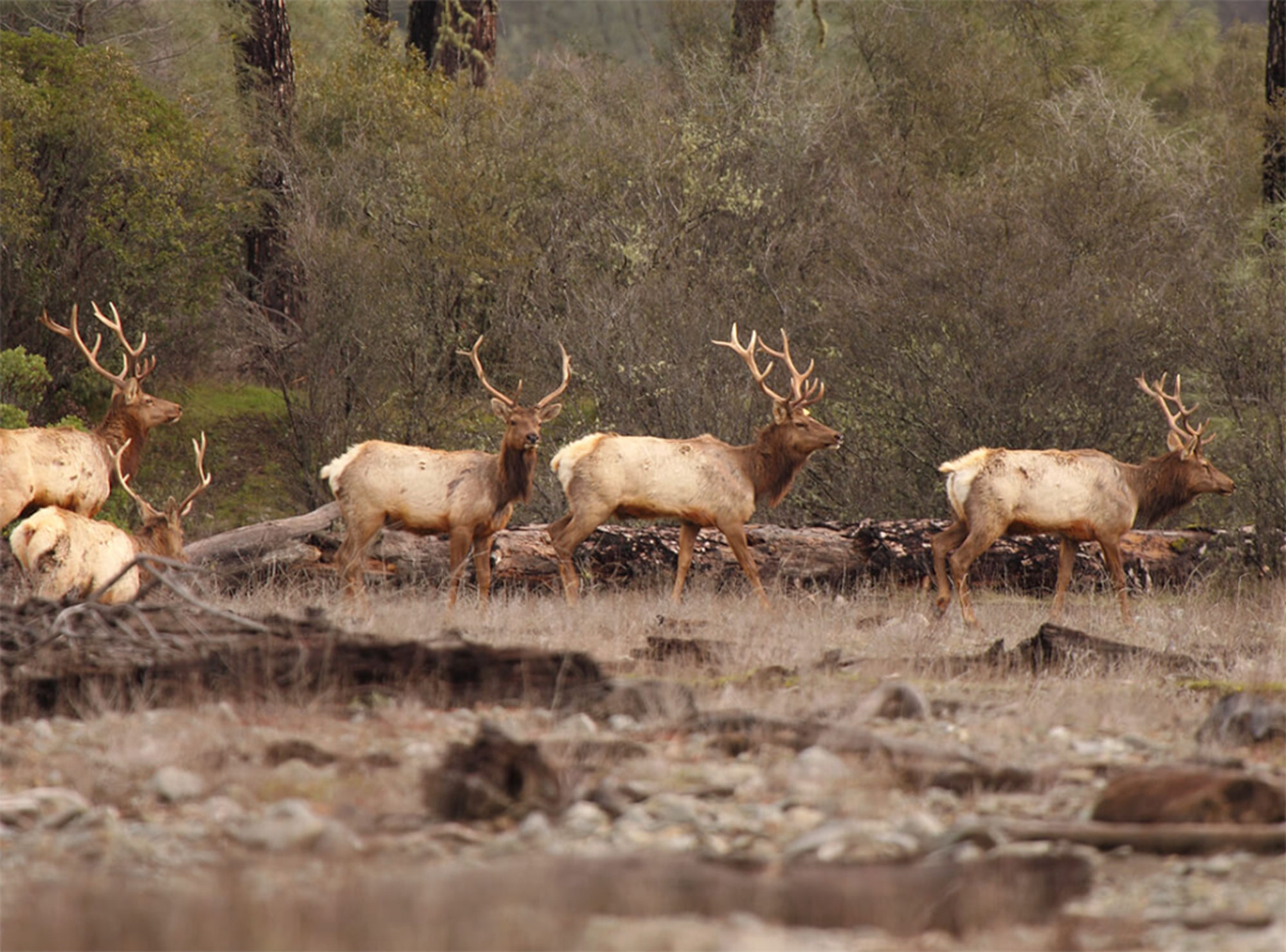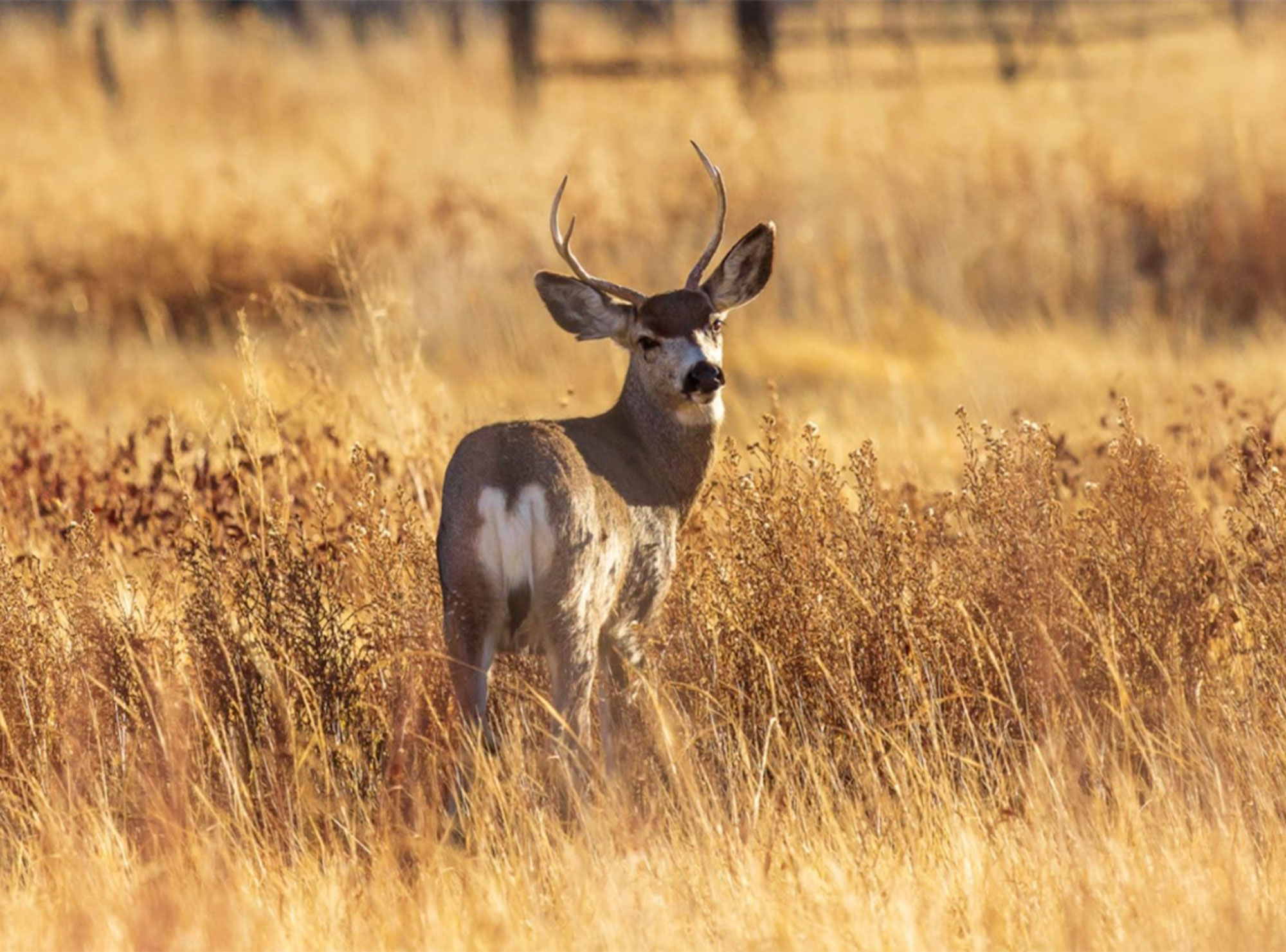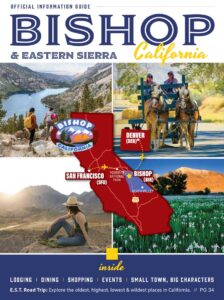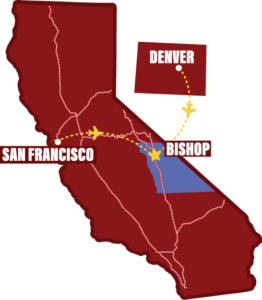Where is the Wildlife?
According to the California Department of Fish and Wildlife, “California has more native animal and plant species than any other state in the nation and is also home to the greatest number of endemic species, those that occur nowhere else in the world.” And the Eastern Sierra (principally Inyo and Mono counties) which covers almost 10% of California’s land area is home to about 50% of all California species.
Bishop lies in the heart of the Eastern Sierra in the Owens Valley. It is nestled between two enormous mountain ranges and our big backyard has easy access to alpine lakes, forest trails, flowering meadows, rocky outcrops, and high-desert scrubland.
It’s home to all sorts of wildlife.
The topography and geography of our area is so diverse, ranging from below sea level in Death Valley to over 14,000 feet in the Sierra Nevada with highly variable precipitation at different elevations, that it includes five major biomes, broadly categorized by National Geographic as aquatic, grassland, forest, desert, and tundra, in a relatively small area.
There’s habitat here for a huge variety of wildlife.
Wildlife Spotting
You are likely to see a lot of wildlife here and some that are found nowhere else on the planet.
Whether your love of nature is general or you’re interested in a particular species, we have recommendations, information, maps, and more that can help you find and experience wildlife in its natural habitat.
Look at our wildlife hotspot guide here for details about each species, where and when you might see them, and pro tips for best possible viewing.

